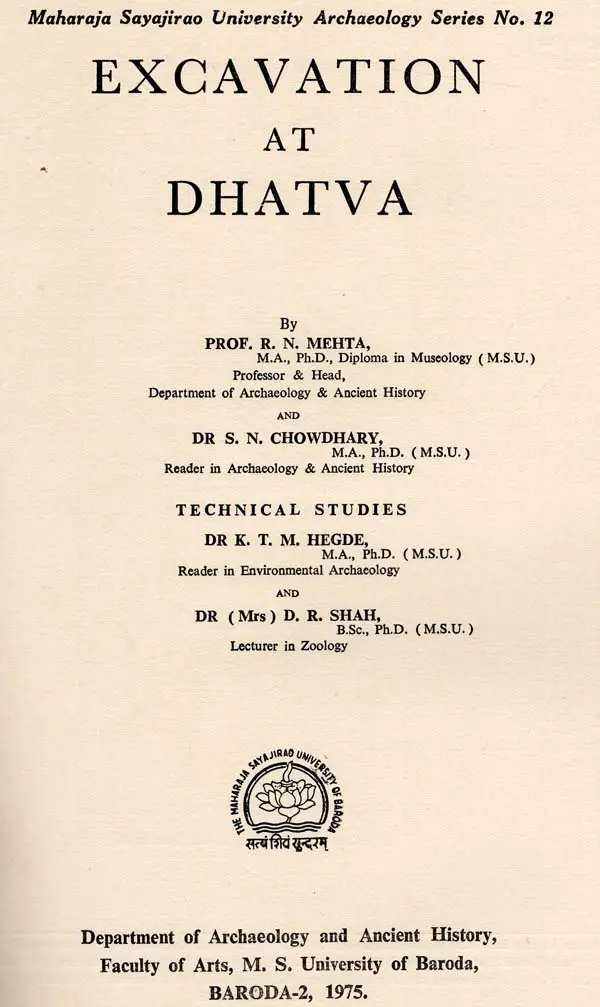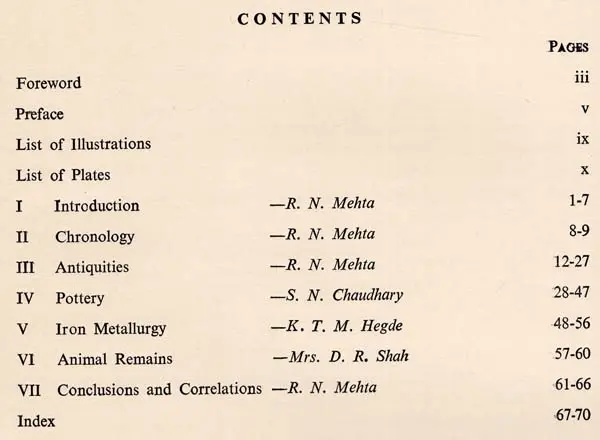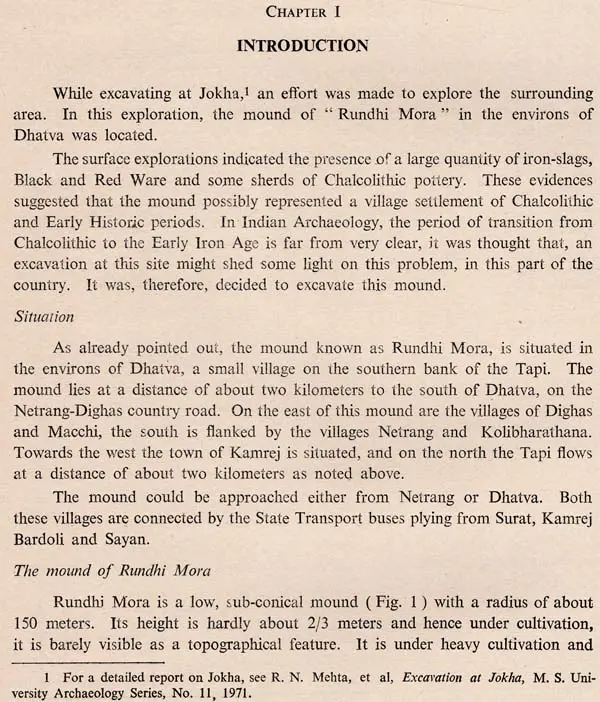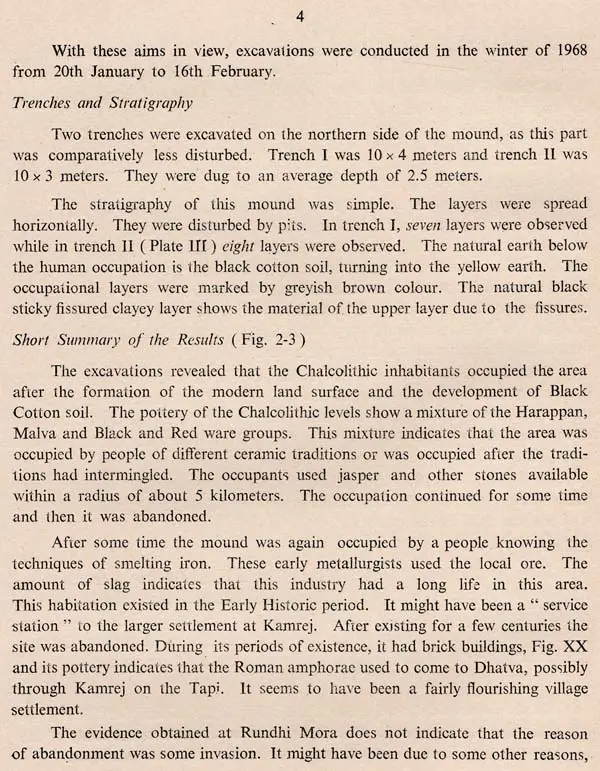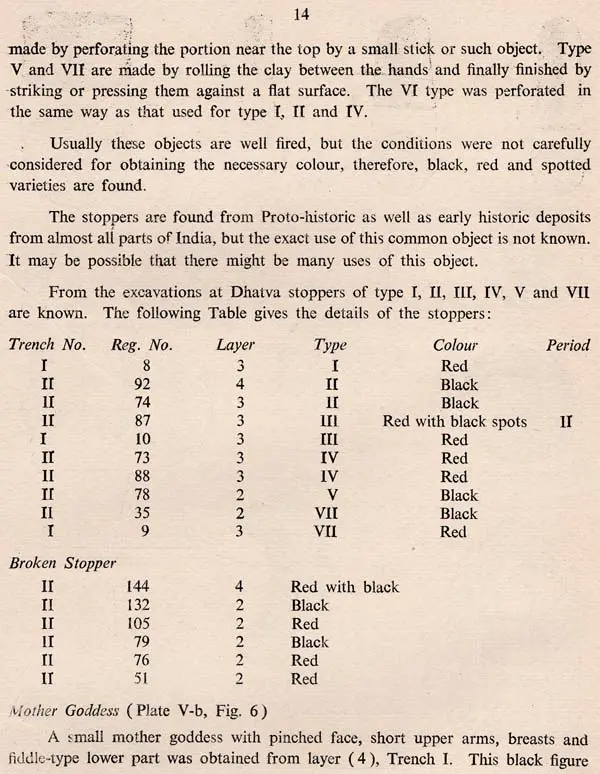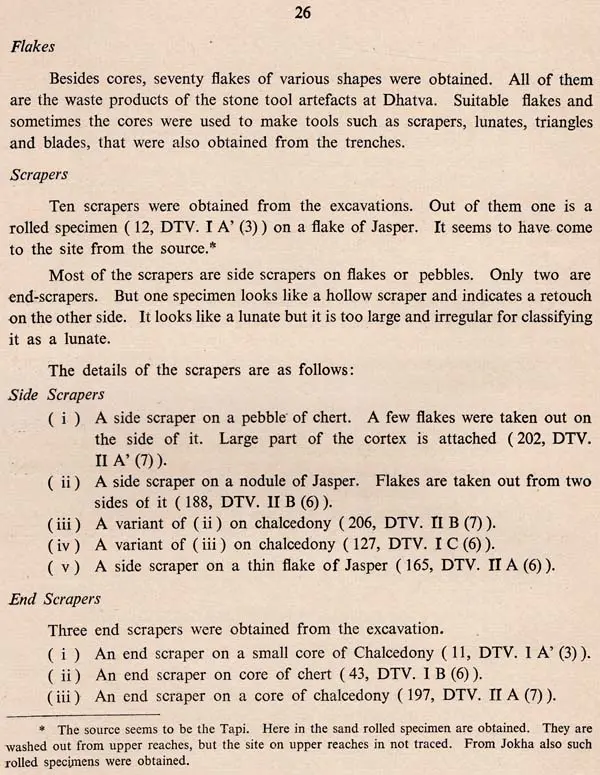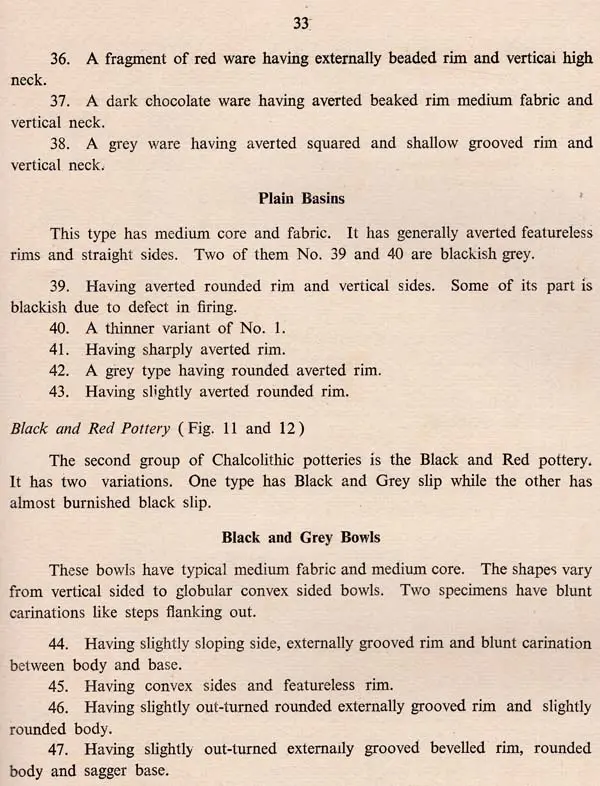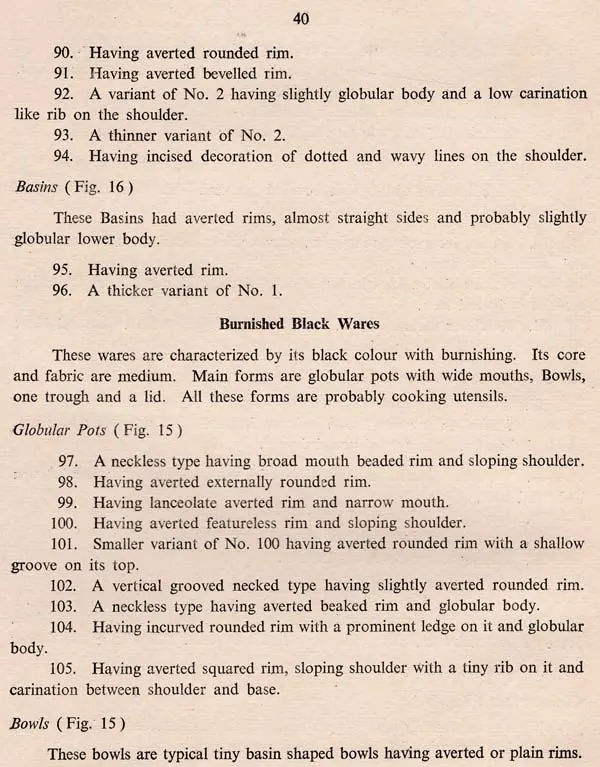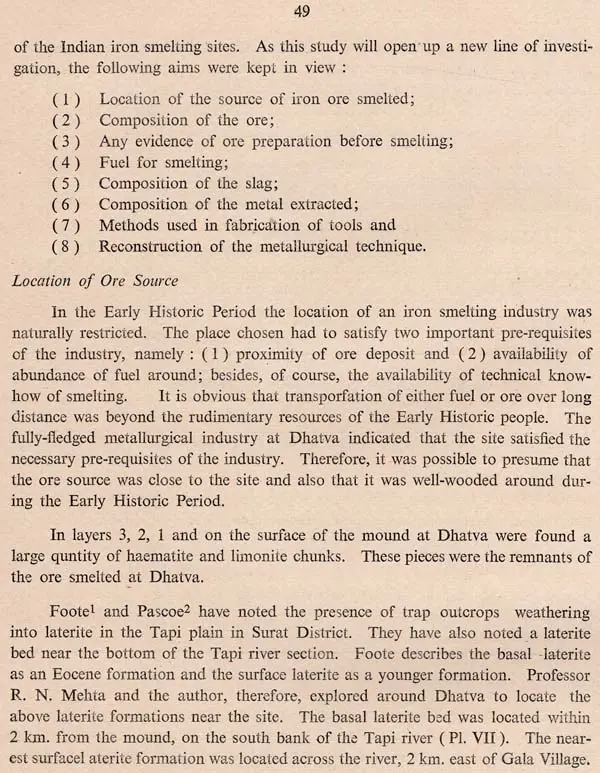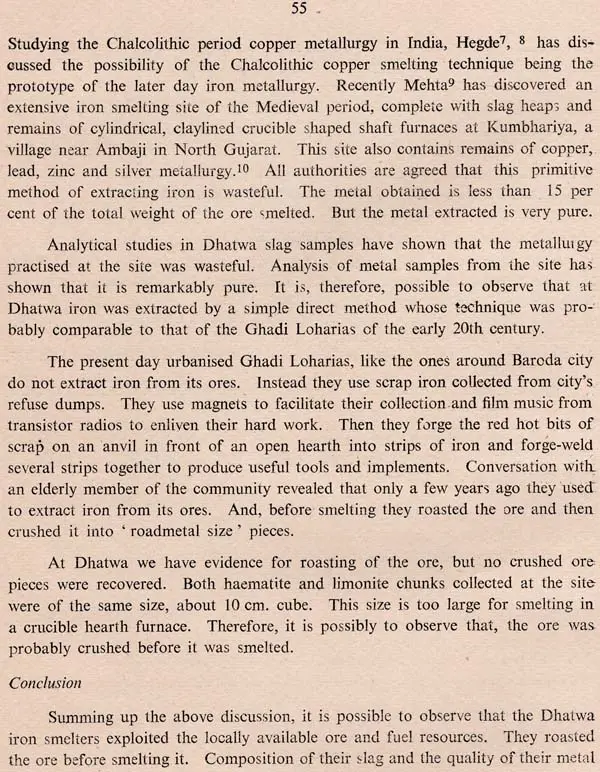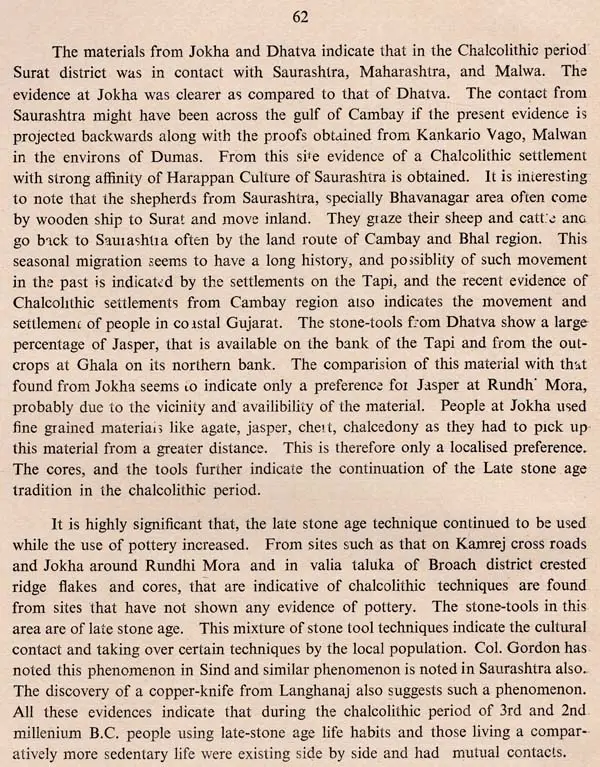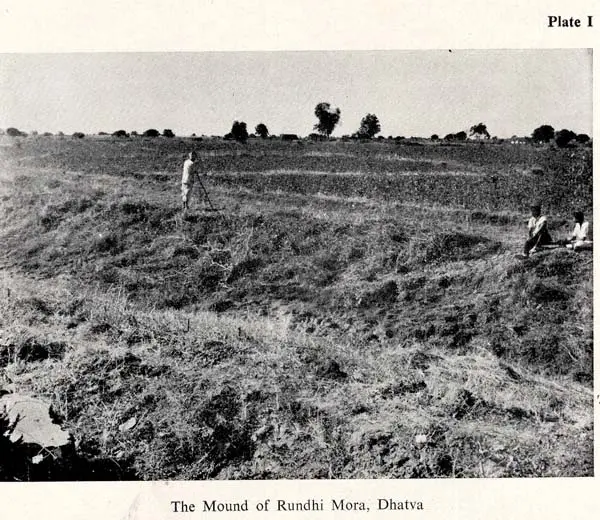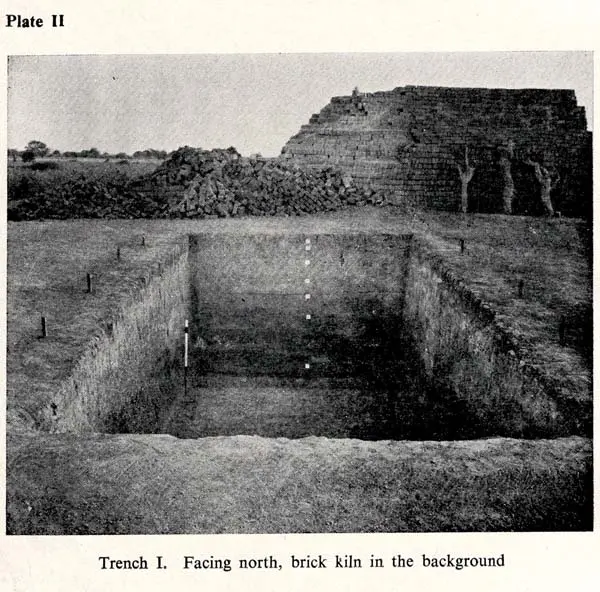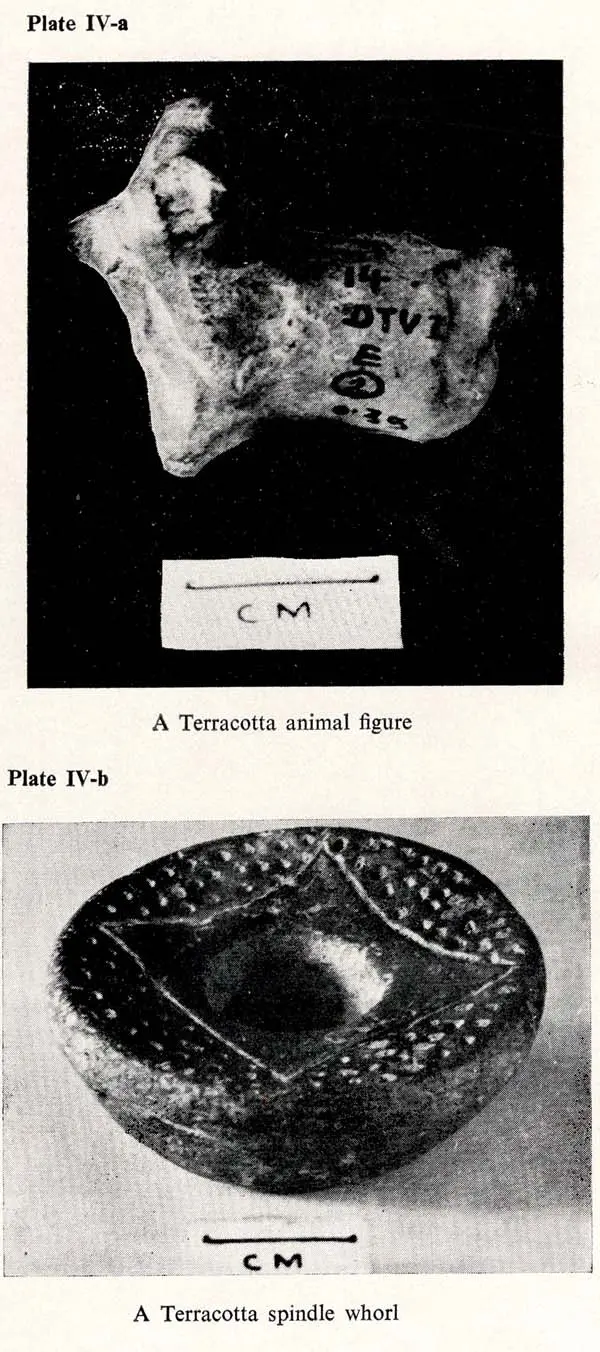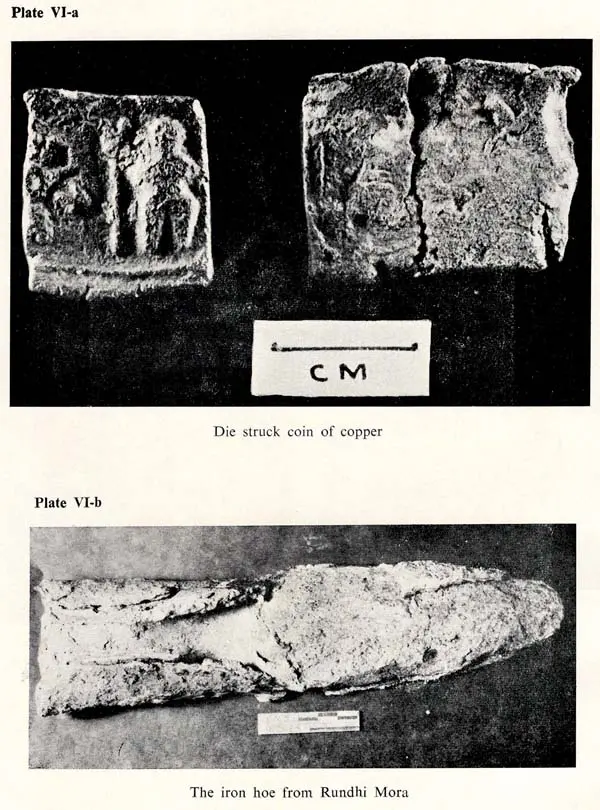
Excavation At Dhatva (An Old & Rare Book)
Book Specification
| Item Code: | UAQ723 |
| Author: | R.N Mehta |
| Publisher: | The Mahraja Siyajirao University of Barodra |
| Language: | English |
| Edition: | 1975 |
| Pages: | 70 (With B/W Illustration) |
| Cover: | PAPERBACK |
| Other Details | 11.50 X 9.00 inch |
| Weight | 300 gm |
Book Description
The Department of Archaeology and Ancient History of the M. S. University of Baroda carries on a systematic study of the material culture of India by explor ing and excavating old sites. It publishes its findings in the M. S. University Archaeology Series to provide basic data for further work in archaeology, cultural history as well as in history. This 12th number in the series embodies the results of the activities at Dhatva or Dhatwa, in Kamrej Taluka, District Surat. It is interesting to know that Dhatva was a small village habitation in the Chalcolithic period. It existed for some time in the 2nd millennium B.C. and then was deserted. After a few centuries the iron smelters occupied the deserted site and produced iron in the 1st millennium B.C. and early part of the 1st millennium A.D. The excavations have indicated that this village depending mostly on the local materials had far flung contacts in the different periods of its existence. The publication of the work will prove to be an useful one providing new and interesting basic data for Chalcolithic and early historic cultures.
This report of the Excavations embodies the result of the field work conducted at Rundhimora in the jurisdiction of Dhatva or Dhatwa in the year 1968. This low flat mound proved highly interesting due to the finds of a small village settle ment of the Chalcolithic period, iron smelting industry and a village settlement of the early iron age. This village had far flung contacts, in the early centuries of the christian era. The activities at Dhatva were possible due to the close co-operation of the local gentry. The owner of the fields on the mound, Shri Lallubhai Kasvji Patel, willingly permitted us to excavate in his fields. The close co-operation of the village gentry specially Uttambhai Patel, Late Shri Champekbhai Patel and others was of utmost help in the manifold activities of our camp. Our special thanks are due to Shri Padmanand Parmanand Vazir of Kamrej and Nagarbhai Patel of Mota for their support and the role in the negotiations for the work and stay at the site.
The active co-operation of Sarvashri Ramesh Khatri, Navin Khatri, Chhagn Bhagat, D. B. Panchal and R. C. Sutaria was very useful on the field and in prepar ing the plans, charts, photographs, tables etc. Our trainees Shri Ravi Hajarnis, Ku. Hansa Bhatt and Richard Cohen did much useful work for trench supervision and exploration. Shri J. T. Patel organised the administration, Shri B. A. Shah typed the manuscript and K. K. Shaikh managed the transport effectively. The authours owe a deep sense of gratitude to the Late Shri N. K. Vakil, Vice Chancellor of the M. S. University of Baroda, and Prof. P. J. Madan the present Vice-Chancellor of the M. S. University of Baroda, for their active interest and encouragement. Prof. N. S. Pandya and Prof. M. M. Patel helped us by giving necessary facilities to study the metal objects. The co-operation of the staff of our M. S. University Press was a source of inspiration for us. The authors are indeed grateful to the University Grants Commission and the Director General of Archaeo logy in India for the financial assistance for the work as well as for printing.
**Contents and Sample Pages**
